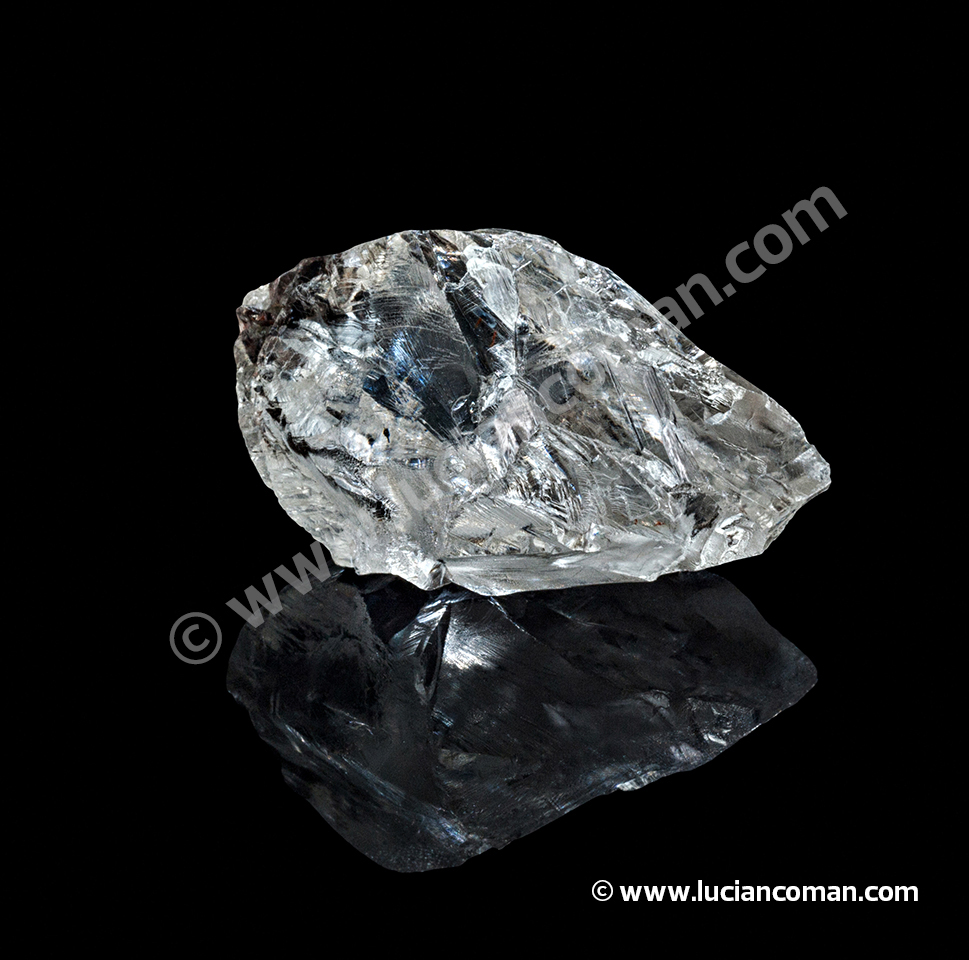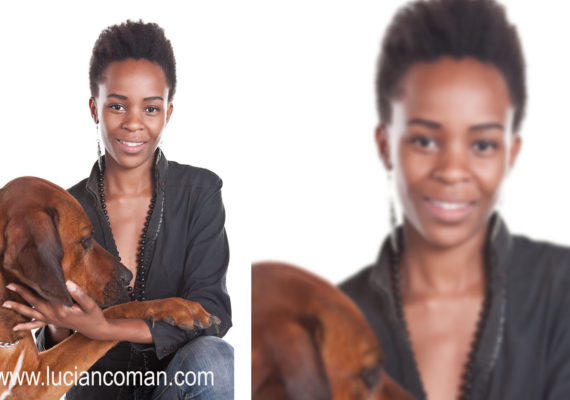Diamond industry, photographing rough diamonds, focus stacking.
In Botswana’s diamond industry the sightholders buying bulk rough diamonds will always demand the highest quality photographs. Debswana , www.debswana.com, will hold in Gaborone about 10 of this sightseeing events a year.
It is usually a catalog printed on matte paper, but for high value “stones” many producers will also send high resolution photos to the bidders.
Rough diamonds:
- They are not at all “transparent” as the polished diamonds.
- Almost all will look “cloudy “ in the pictures.
- Because of the irregular angles is hard to catch the “right” light.
- There will be slight color changes in all of them. Fancy diamonds will be various colors out of the ordinary.
Photographing rough diamonds basic tools:
- Use a gray card.
- Always use a light meter.
- Various lights strobes, fluorescent, LED, etc.
- Macro lens are usually better.
- A Full frame DSLR is always better.
- Tripod with variable angle column.
- Diffusion materials.
- Honeycombs .
- Flags.
- Computer.
- Velvet.
- Reflective stand.
- Rail.
Basic production methods
Your biggest enemy will be surface glare because you shoot on a cross angle, second will be the shallow DOF.
Usually I go for computerized focus stacking photographs. Even if you put a center cross point the focus won’t be accurate. See the diamond on the computer screen minimum 200 %.
You are required to get a deep DOF and the best angle to “see through” so the siteholders can see eventual imperfections, inclusions, stress areas, cracks, yellow pockets of nitrogen, etc.
Start with a black canvas and work your light setup up. Turn off all the ambient light. Many times you will shoot locked in a safe so keep gear to a minimum and be mobile. You must have an experienced assistant(gaffer) to handle precisely your lights.
In the stack photographs most of the time 7-10 are enough, move focus down 10-15% at a time not more. Shoot each photo +/- 2EV in point third stops.
On the key light always use a double buffer, see on the screen the reflection/refraction angles and hit them with some hard light, that will reveal the imperfections. Direct your light with a honeycomb. Block with some flags the light (where necessary) to spill everywhere.
In rough diamond photography you are not allowed to retouch any imperfections, inclusions, cracks, nitrogen pockets, etc.
Photographing the “Clarity” of the “Rock”.
In the diamond industry this term is mostly associated with polished diamonds but applies also to rough diamonds are the famous Four Cs .
- Carat weight
- Clarity
- Cut
- Colour
When using the four Cs with rough diamonds, Clarity refers to the quality, Cut refers to the shape of the rough and both Carat weight and Colour are retained unchanged.
A sightholder will want to know how many cuts are required in the “rock”, and what is the biggest polished diamond what can get out of the rough diamond without cracks or imperfections. They will do a rough assertion on what is sawable, makeable, twins, macles, cubes, etc. is a long list.
To get the diamond photographs “clear” without the typical cloudy look for the interested siteholders……hmm that will be a story for another time, at the moment that is what keeps the photographic rollercoaster moving, in the diamond industry.
poco_bw




 Read more!
Read more!